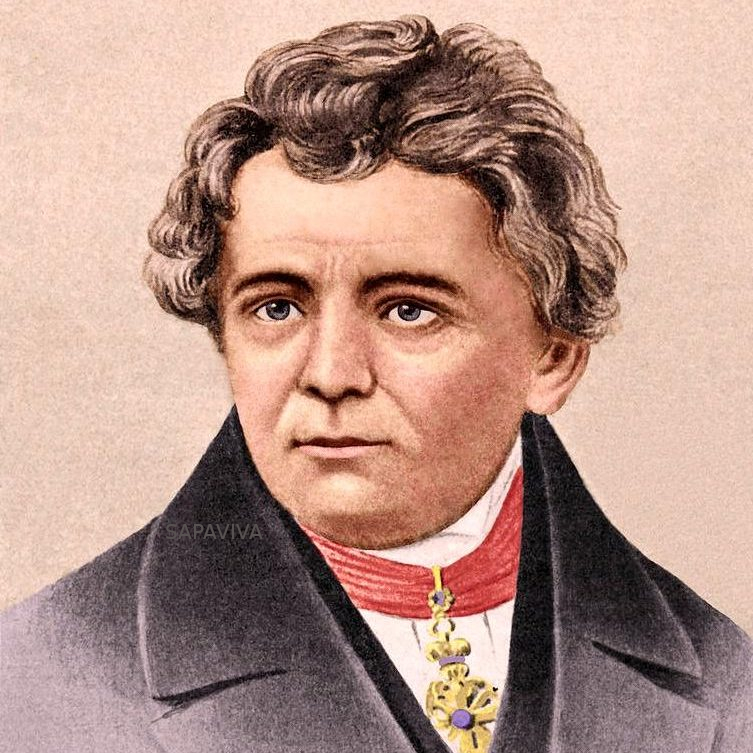Ohm's law is a fundamental principle in the field of electrical engineering and plays a crucial role in the design and analysis of electrical circuits. It laid the foundation for the understanding of electricity and the development of electric power systems.
Ohm's law can be expressed using the equation:

where:
V is the voltage (measured in volts),
I is the current (measured in amperes), and
R is the resistance (measured in ohms).
George Simon Ohm,a German physicist and mathematician born on March 16, 1789, in Erlangen, Bavaria, conducted extensive experiments to establish the relationship between voltage, current, and resistance. His work was initially met with resistance from the scientific community, but his findings were eventually recognized and became highly influential. Ohm's law was first published in 1827 in a paper titled "Die galvanische Kette, mathematisch bearbeitet" (The Galvanic Circuit Investigated Mathematically).
Ohm's contributions to the field of electrical science were significant, and his work paved the way for further advancements in the understanding and application of electrical circuits. In recognition of his achievements, the unit of electrical resistance, the ohm (symbol: Ω), was named after him.
George Simon Ohm died on July 6, 1854, in Munich, Germany. His work on electrical circuits laid the groundwork for the development of modern electric power systems and had a profound impact on the field of electrical engineering.
